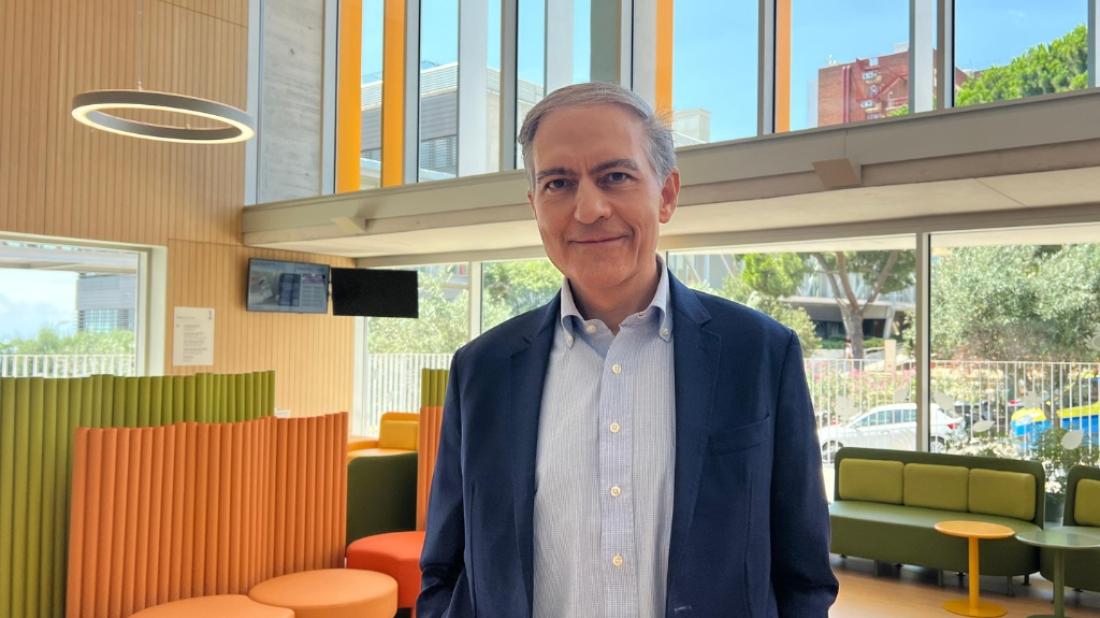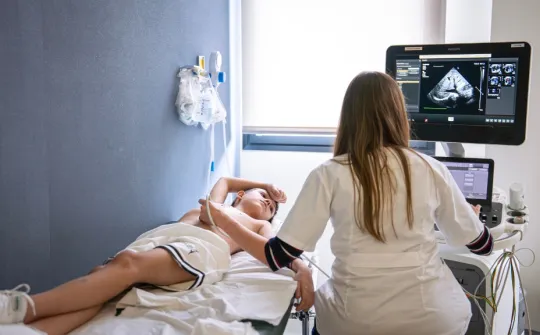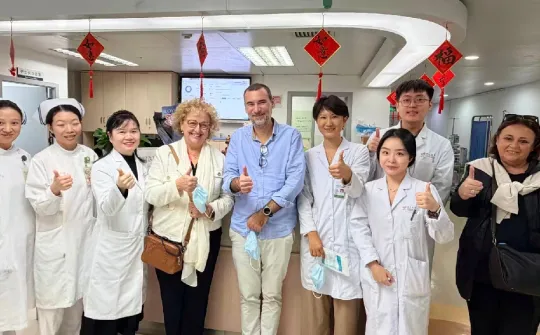The WHO invites SJD Barcelona Children’s Hospital to collaborate on strategic projects to help reach COP30 health objectives

Dr Pere Albajar, from the World Health Organization (WHO), visited SJD Barcelona Children's Hospital to promote the networked collaboration of leading healthcare organisations in the development of new health projects.
Dr Pere Albajar, head of the Chagas disease control program at the World Healthcare Organization (WHO), visited SJD Barcelona Children's Hospital to promote a collaborative partnership between the two entities. After visiting the hospital alongside Deputy Director Dr Miquel Pons and other hospital staff, the public health expert offered a open-invitation seminar, in which he noted that: ‘Institutions like yours working together with the WHO on strategic projects are the key to getting us closer to reaching the objectives of COP30’.
Albajar also spoke about the ambitious goals announced in preparation for the United Nations 2025 Climate Change Conference, scheduled for November. These goals seek to create healthcare policies that are adapted to our present reality, meaning they take into account factors such as climate change, migration and more impoverished world regions in order to achieve health equity. He pointed out that these measures cannot begin to be considered without first implementing specific actions for the pediatric population.
Neglected tropical diseases
Trained as a doctor specialising in preventive medicine and public health, Pere Albajar has dedicated a large portion of his career to the study of and fight against neglected tropical diseases, especially in low-resource areas of the Amazon. In his lengthy career in the WHO, Dr Albajar has made a significant contribution to global healthcare policymaking. He has also been involved in the reporting of Chagas disease, both in Catalonia and on a global scale, as well as in providing action guidelines.
Chagas disease is caused by a parasite that, as well as being able to survive in the blood, can survive in foodstuffs, organs or on the skin. This means there are many routes of transmission. One of the most concerning routes of transmission for healthcare experts is mother-to-child transmission, especially during pregnancy or birth.
Although there are few cases of Chagas at SJD Barcelona Children Hospital—according to staff at the Infectious Diseases Department—Albajar highlighted that, after the United States, Spain is the country with the highest incidence rates, alongside Italy. ‘This can be explained by migratory movements. The United States is one of the most affected areas due to the number of people emigrating there from tropical regions,’ he highlighted.
Chagas disease can also be asymptomatic, which makes treatment more difficult. The parasite can cause damage to the heart and the digestive system decades after the initial infection. Albajar affirmed that ‘to control the spread of Chagas disease, we must have access to early treatment, and we achieve this by raising awareness. I cannot simply ask patients what they were doing last week. For a disease like this, it is crucial we know if patients have ever travelled to a tropical region, how long ago they went, and other related questions.’
Due to the high mother-to-child transmission rates, Pere Albajar highlighted the importance of the work being done at the Hospital. ‘Combining healthcare with research is how we get real-life data, and that is what you are doing here,’ he remarked. He concluded his seminar with a call for further collaboration between the two organisations: ‘We have the tools and the technology to take on complex cases, but we have to work together in a network’.



